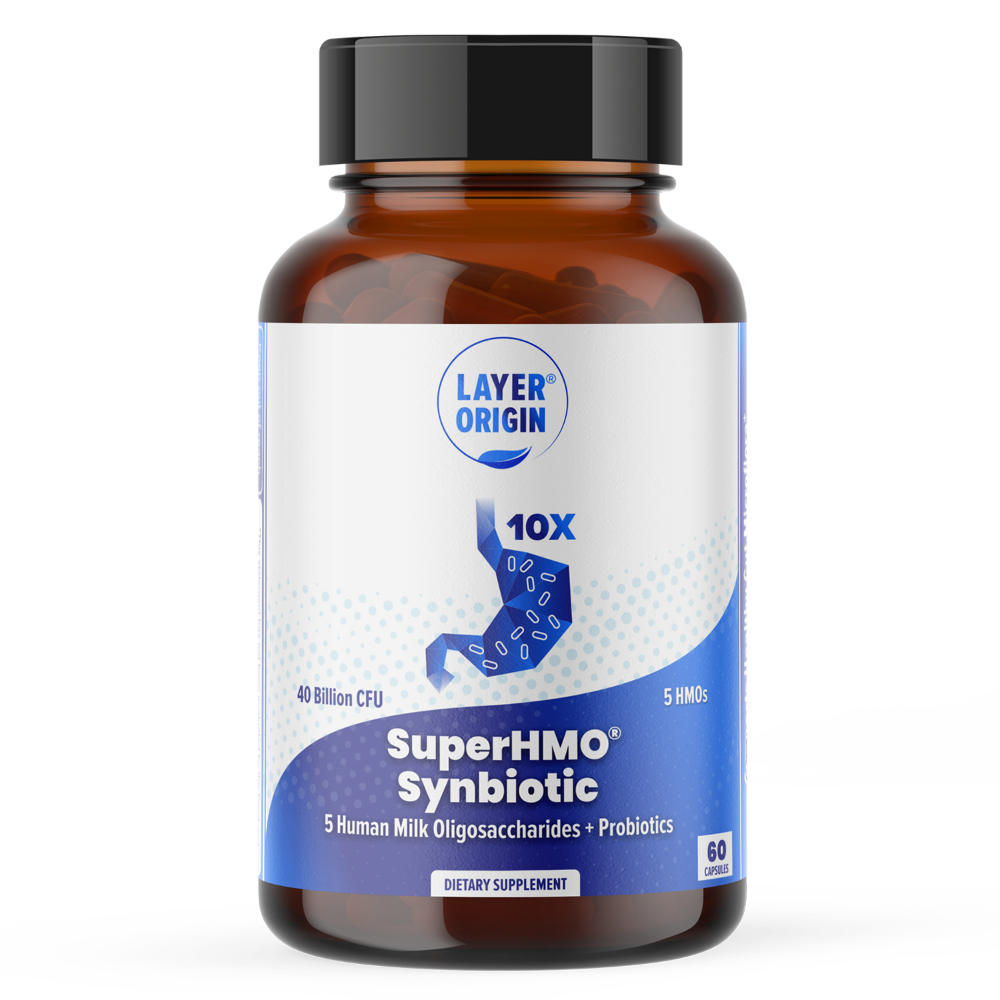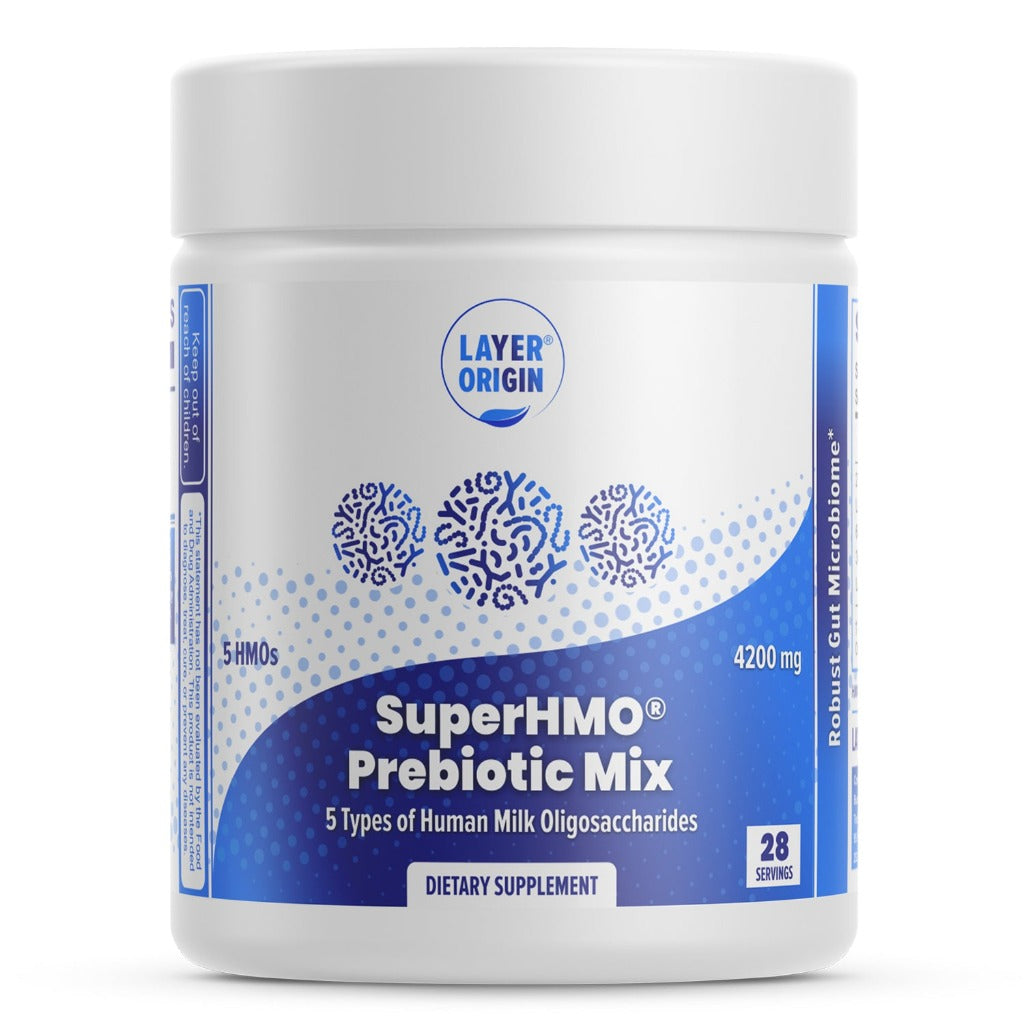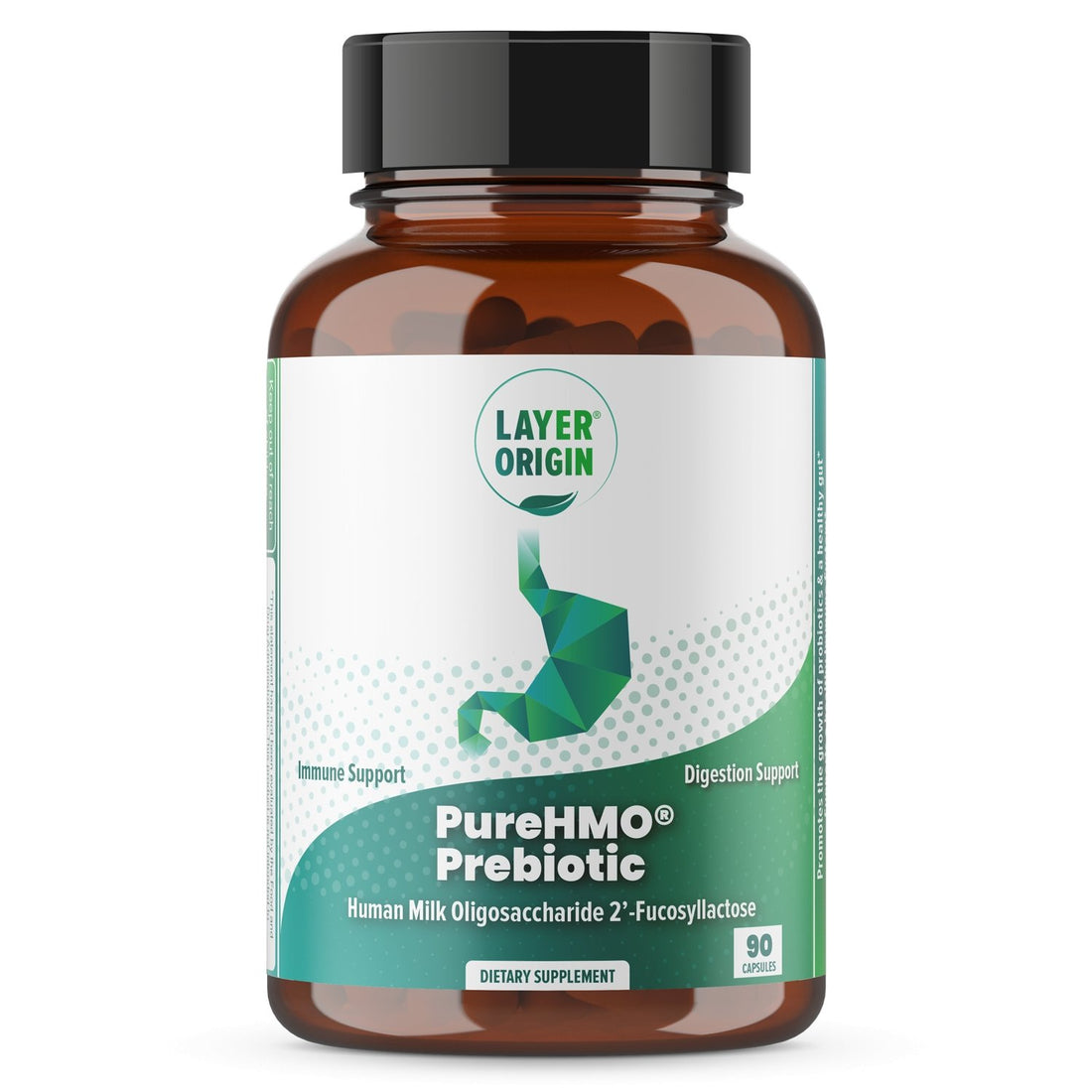Recent research has revealed that beta-glucan, a type of soluble fiber that’s abundant in oats, can remove forever chemicals from the body.
Content Outline
What are PFAS & why should you be concerned?
How oats might help in reducing PFAS levels
Easy oat recipe: Oatmeal power bowl
Conclusion: The future of oats for detoxification
A recent study published in Toxicology and Applied Pharmacology has found that a type of soluble fiber found in oats can flush out toxic forever chemicals, also known as perfluoroalkyl substances or PFAS.
PFAS are commonly referred to as forever chemicals and are widely used in manufacturing. They have been circulating in the environment for centuries and are increasingly being associated with chronic health conditions, including reduced fertility, high cholesterol levels, and some cancers.
For this reason, the scientific world has been exploring ways to reduce the levels of these forever chemicals in the body. This latest study, which has found that beta-glucan may lower PFAS levels, is generating excitement.
What are PFAS & why should you be concerned?
PFAS are widely used in the manufacture of cosmetics, non-stick cookware, food packaging, firefighting foams, and even waterproof clothing. Despite their use, these forever chemicals are consistently being linked to adverse health issues, including:
-
low fertility rates
-
high blood pressure in pregnant women
-
developmental delays
-
prostate, kidney, and testicular cancer
-
reduced immunity
-
abnormal hormone levels
-
obesity1
However, PFAS are difficult to remove from the body as they have a half-life that ranges from 2 to 8 years2. Hence, the nickname ‘forever chemicals’.
What is beta-glucan?
The health benefits of oats are well known, particularly because they are packed with a type of soluble fiber called beta-glucan. This water-soluble polysaccharide is thought to:
-
have anti-obesity effects
-
reduced blood sugar levels after a meal
-
normalize blood cholesterol levels
However, more recent research has found that beta-glucan may also play a crucial role in detoxification processes.
Can beta-glucan reduce PFAS?
Beta-glucan supports your health in several ways. It regulates glucose levels, reduces cholesterol, and promotes gut health by acting as a form of nourishment or prebiotic for your good gut microbes. Emerging evidence demonstrates that, in a similar process, beta-glucan can bind to toxins like PFAS, and facilitate their removal from the body via poo.
What does the research say?
A pilot study published in January 2025 explored the potential of oats in reducing PFAS exposure using mice. The study involved feeding C57Bl/6J male mice an oat fiber supplement or an inulin supplement for 6 weeks, who were also exposed to 7 PFAS in their drinking water.
The results were promising. The mice given the beta-glucan supplement had significantly lower levels of PFAS in their blood and tissues than the control group, despite drinking more water. They were also found to have lower adipose: body weight ratios and lower triglyceride levels in their liver and the small intestine.
These findings suggest that beta-glucan, the soluble fiber found in oats, could reduce the PFAS burden in the body4.
But what about in humans?
The same researchers published their findings in humans in the journal Environmental Health. The study involved 72 adult men aged between 18 and 65 who had detectable levels of PFAS in their blood. Forty-two were given a 1g beta-glucan supplement 3 times a day just before a meal for four weeks, while 30 consumed a rice-based control.
At the end of the study, the beta-glucan supplement group had an 8% reduction in two types of PFAS, perfluorooctanoate and perfluorooctanesulfonic acid. The researchers concluded that the gel-forming properties of beta-glucan enable it to bind to PFAS similarly in the digestive system, allowing them to be excreted in faeces rather than being absorbed5.
The results from this study and the previous animal model pilot study are promising. However, further research is needed to fully understand the potential of beta-glucan in removing PFAS from the circulation.
How oat bran might help in reducing PFAS levels
By forming a gel-like substance, the beta-glucan in oats can gather up the PFAS and bile acids in the digestive system, trapping them so they cannot return to circulation. Because they cannot re-enter the blood, they leave the body efficiently in feces.
Another potential way that beta-glucan may facilitate the removal of PFAS from the body is via the gut microbiome. That’s because the soluble fiber also acts as a prebiotic, feeding your beneficial gut bacteria. A healthy and thriving microbiome is crucial for the body's detoxification processes.
For example, one proof-of-concept study demonstrated that reduced short-chain fatty acid-producing bacteria and anti-inflammatory metabolites could lead to PFAS exposure, resulting in kidney dysfunction in young adults6.
Although more extensive research is needed, these mechanisms provide a compelling case for the potential of oats, specifically oat beta-glucan, to support detoxification and reduce the PFAS burden on the body through several mechanisms.
Where to buy high beta-glucan Oat Bran?
The BranPure Oat bran is offered through Amazon.com and can be purchased on Amazon driectly (Click here to buy on Amazon). BranPure® Oat Bran stands out as a premium supplement with the highest amount of soluble fiber available—28% soluble oat beta-glucan, delivering 2.8 times more than typical brands. This highly pure formula focuses on active fiber, providing 1.5 grams of heart-healthy beta-glucan per serving, unlike insoluble fibers that offer less targeted benefits.
Easy oat recipe: Oatmeal power bowl
If you’re keen to maximise the benefits of beta-glucan, we’ve got you covered. This oatmeal power bowl is the perfect way to kickstart your day, combining the gut-friendly benefits of oats with the support of our PureHMO® Prebiotic Powder.
Ingredients
-
50g rolled oats
-
1 cup unsweetened almond milk (or any plant-based milk)
-
1 scoop Layer Origin Nutrition PureHMO® Powder or any of the PureHMO® range
-
1/2 tsp ground cinnamon
-
1 tbsp chia seeds
-
1/4 cup fresh blueberries (or any berries of your choice)
-
1/4 cup sliced strawberries
-
A drizzle of honey or maple syrup (optional, to taste)
Method
-
In a medium saucepan, combine the rolled oats with the almond milk and bring to a simmer over a medium heat. Be sure to stir occasionally to stop the oats from sticking to the bottom of the pan.
-
Once the oats are soft and have absorbed the milk, remove from the heat.
-
Stir in the scoop of PureHMO® Powder, cinnamon, and chia seeds.
-
Transfer the oatmeal mix to a bowl.
-
Top with fresh blueberries and sliced strawberries.
-
If you like your oats a little sweeter, drizzle over a small amount of honey or maple syrup.
-
Serve and enjoy!
This recipe is bursting with nutritious delights, such as:
-
beta-glucan to help lower cholesterol, support gut health, and reduce the number of circulating PFAS in your system.
-
human milk oligosaccharides (HMOs) that support the growth of beneficial gut microbes, and potentially enhance the detoxification effects of beta-glucan
-
berries: high in antioxidants and vitamins
-
chia seeds: full of omega-3 fatty acids and fiber, these tiny powerhouses add texture and extra heart-healthy nutrients
Conclusion: The future of oats for detoxification
The idea that oats, particularly the beta-glucan they contain, may play a role in reducing PFAS in the body is an exciting scientific development. The promising results from the studies mentioned in this article mean that oats could offer a cost-effective and easy way to incorporate beta-glucan into your diet, potentially reducing the accumulation of these ‘forever chemicals’.
While further research is needed, particularly in humans, these findings suggest that the benefits of oat fiber could stretch well beyond their cholesterol-lowering effects. In the meantime, incorporating more oat-based foods in your diet, including oatmeal, oat bran, and oat milk, could offer a simple and delicious way to support your body’s detoxification efforts.
Written by: Leanne Edermaniger, M.Sc. Leanne is a professional science writer who specializes in human health and enjoys writing about all things related to the gut microbiome.









